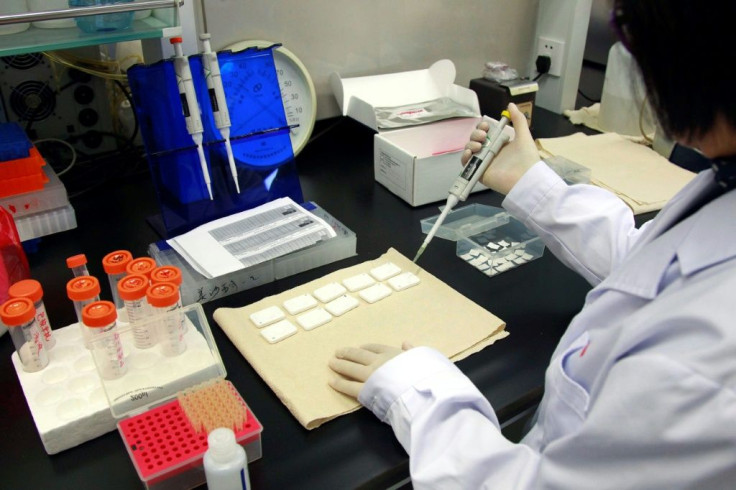Anti-aging Mystery Nears Conclusion As Scientists Identify Gene Responsible For Waning Cells
KEY POINTS
- Previous studies identified that cellular processes cause mesenchymal stem/stromal cells to age
- The new study published on Nov. 30 identified the exact gene sequencing that caused aging
- New study becomes significant in pushing regenerative medicine one step forward
The seemingly eternal search for the "fountain of youth" could be near its end as a new team of scientists identified the specific cellular process that causes the skin and other body organs to age.
Previous studies found that cellular processes cause the mesenchymal stem/stromal cells or MSCs in the body to become old and aged. The new study, published on Nov. 30 in the journal Stem Cells, identified the exact gene sequencing that caused the MSC to wane.
By identifying the gene sequence responsible for waning body organs, the study becomes significant in pushing regenerative medicine one step forward.
Regenerative medicine involves the development of methods to regrow, repair or replace the cells, organs and tissues in the body that were damaged by different diseases. This branch of medicine includes stem cells, tissue engineering and the reproduction of artificial organs.
Regenerative medicine could heal congenital defects, severe burns and damaged hearts and lungs, among others.
"We believe our findings will help improve the understanding of MSC aging and its significance in regenerative medicine," Wan-Ju Li, lead investigator and faculty member in the Department of Orthopedics and Rehabilitation and the Department of Biomedical Engineering at the University of Wisconsin-Madison, said in a press release.
Specifically, the team identified the "GATA6/SHH/FOXP1" pathway as the gene responsible for aging. This molecular mechanism causes premature aging and therefore obstructs the activities and functions of the MSCs.
GATA6 is responsible for the functions of the gut, lung and heart development. SHH or sonic hedgehog is a protein crucial to embryonic development while FOXP1 is needed for proper development of the brain, heart and lung.
"Identification of the GATA6/SHH/FOXP1 pathway in controlling the aging of MSCs is a very important accomplishment," Dr. Jan Nolta, editor in chief of Stem Cells, said in the same press release.
"Premature aging can thwart the ability to expand these promising cells while maintaining function for clinical use, and enhanced knowledge about the pathways that control differentiation and senescence is highly valuable," he added.

© Copyright IBTimes 2025. All rights reserved.





















